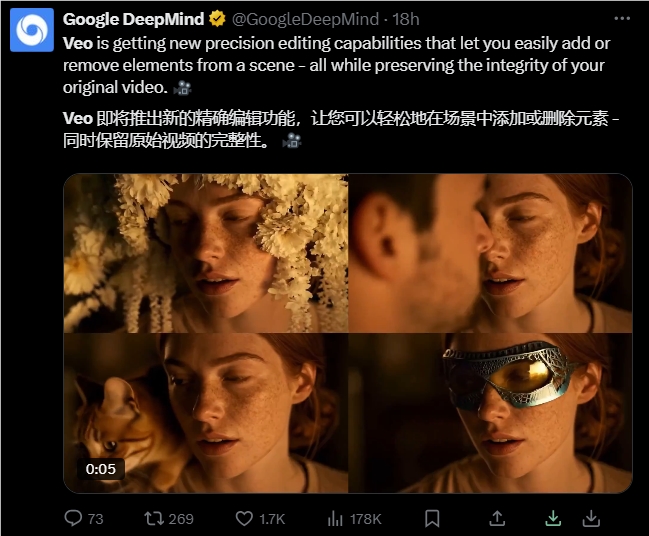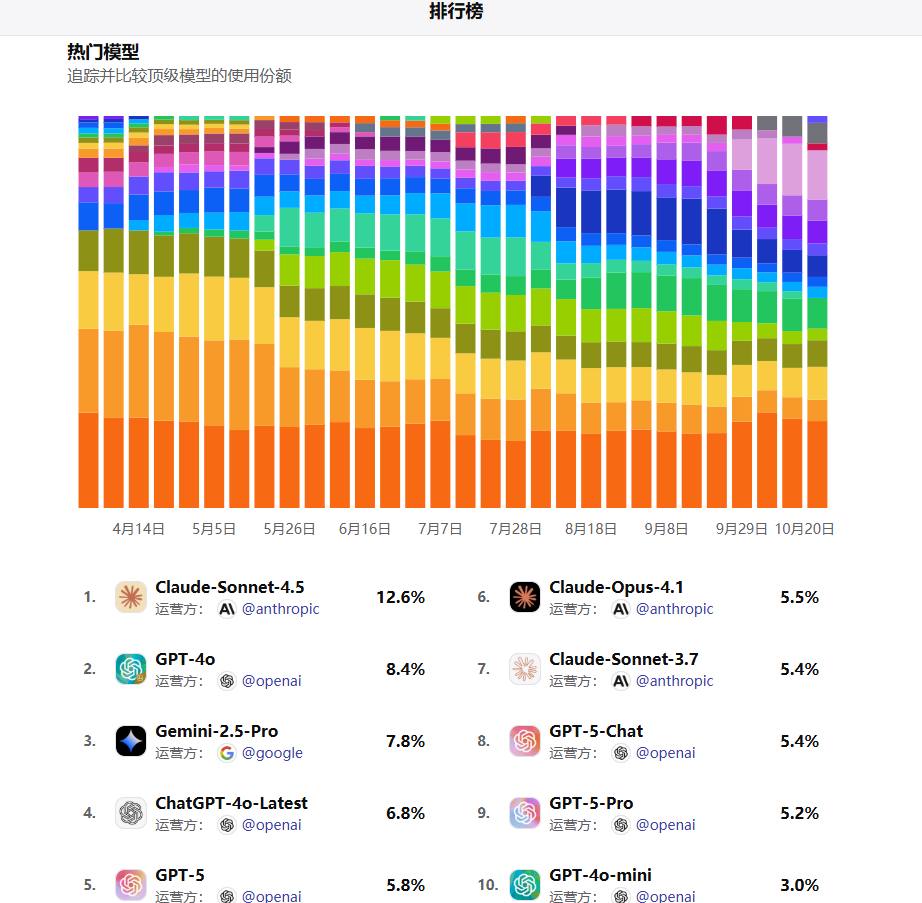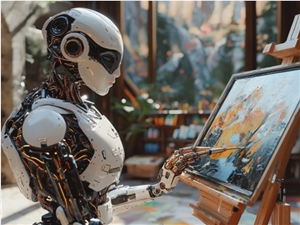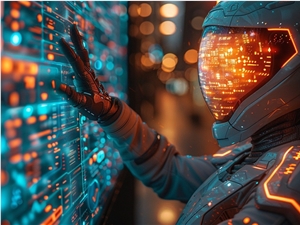Google Veo 3.1 is set to launch a revolutionary "Precise Editing" feature, allowing users to easily add or remove video elements while seamlessly preserving the original video's integrity and realism. This technology not only handles complex details such as shadows and environmental interactions but also provides creators with unprecedented editing freedom, pushing AI video from generation to professional post-production.

Veo 3.1 Core Upgrade: Precise Editing Opens a New Era
Veo 3.1 achieves comprehensive optimization based on Veo 3, focusing on enhancing the precision and naturalness of video editing. The new feature allows users to make fine-grained modifications to existing videos, such as inserting new elements or removing unwanted objects without changing the overall scene. The AI algorithm automatically generates realistic shadows, lighting adjustments, and environmental interactions, ensuring that added content blends perfectly with the original video, as if it had always been there. This breakthrough stems from the deep application of the Veo model's multimodal AI architecture, including computer vision and generative adversarial networks, supporting dynamic video processing at up to 1080p resolution and 24 frames per second.
In addition, Veo 3.1 has improved audio generation quality and prompt response accuracy, supporting more realistic transitions from images to videos. These improvements have been fully launched on the Flow platform. Since the release of Veo, the platform has generated over 275 million videos, enjoying great popularity among creators.
Adding Elements: Intelligent Insertion for Natural Integration
The "Insert" tool in Veo 3.1 is the core highlight of precise editing. Users can easily add new elements to videos—whether realistic details like props or fantasy creatures like virtual characters. The system automatically handles all complex interactions, including light projection, object reflection, and motion consistency, ensuring that the added parts blend seamlessly with the original scene. For example, inserting a dynamic object into an outdoor shot, Veo will simulate its physical interaction with the environment in real-time, avoiding any visual breaks. This function greatly simplifies the post-production process and is applicable in fields such as advertising, short videos, and film effects.
Removing Elements: Seamless Erasure and Background Reconstruction
Equally powerful is the "Remove" feature (expected to be fully available in a few weeks), which quickly erases specific objects or people from a video while intelligently reconstructing the background. Veo analyzes the texture, color, and light distribution of the original video to generate filling content consistent with the surrounding environment, ensuring no trace remains after removal. This "invisible repair" technology is based on advanced video repair algorithms, capable of handling complex scenes such as removing a single object from a crowd without affecting the overall narrative flow. For content creators, this means correcting errors or optimizing composition without the need for reshoots, significantly reducing production costs.
Application Expansion: From Flow to a Multi-Platform Ecosystem
The precise editing features of Veo 3.1 are not limited to the Flow platform, but are also available to developers and enterprise users through Gemini API, Vertex AI, and Gemini applications. It supports both horizontal and vertical formats and is compatible with popular platforms such as TikTok and YouTube Shorts. In addition, the newly added "Extend" feature can seamlessly extend the video sequence based on the previous frame, combining audio continuity to generate immersive shots lasting over a minute. These tools are reshaping the AI video production chain, enabling professional-level output from personal short videos to enterprise-level marketing.
AI Video Enters the "True Film" Era
As a deep observer in the AI field, AIbase believes that the precise editing feature of Veo 3.1 marks a leap in AI video technology from "generation" to "editing and integration." It not only improves creative efficiency but also injects new vitality into industries such as advertising, education, and entertainment. Imagine dynamically adjusting product display videos without expensive equipment, potentially increasing conversion rates by over 20%. However, as realism soars, content authenticity verification will become a key focus for the industry. Google's move is accelerating the evolution of AI tools toward professional film tools.
Conclusion










